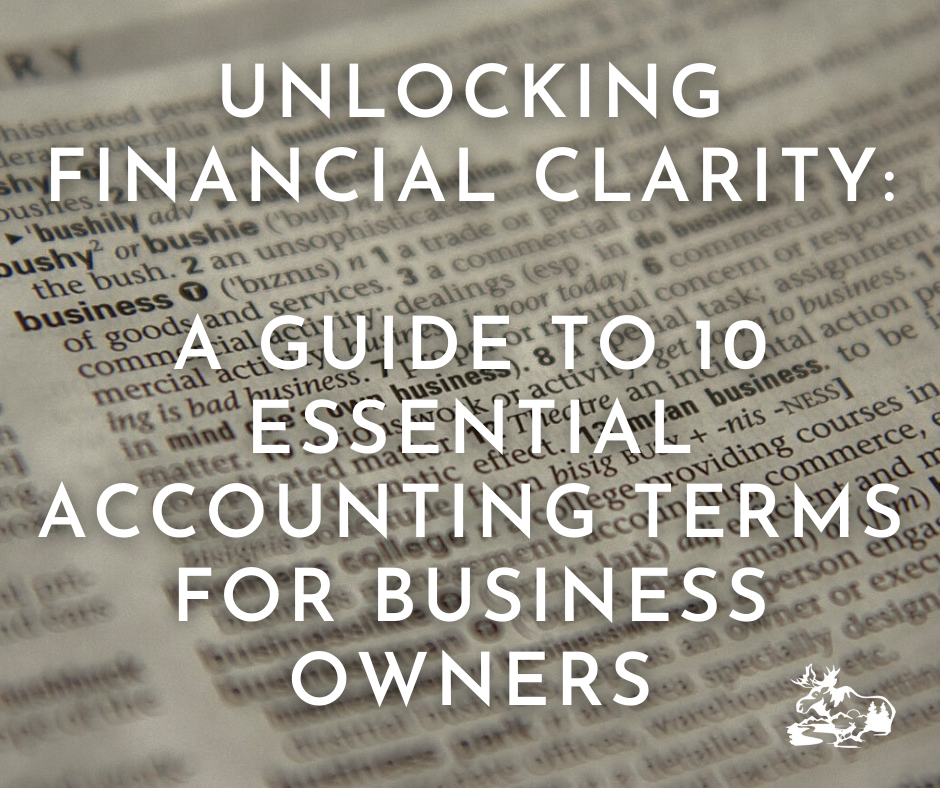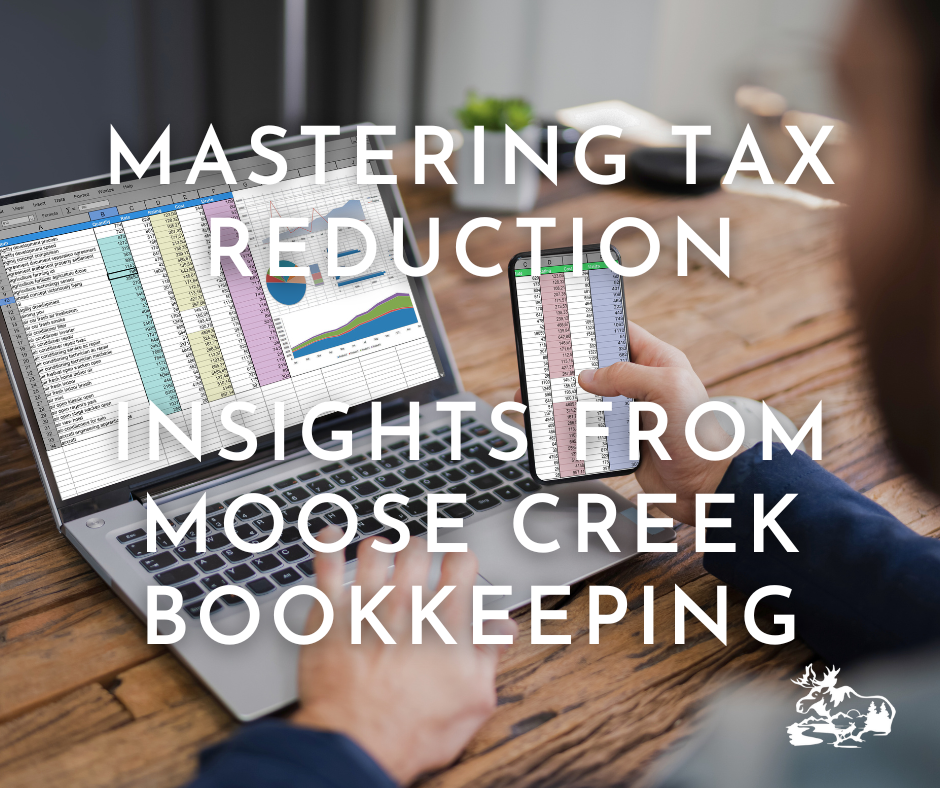Markup and Margin – A Deep Dive
In the world of construction finance, every decision can carry significant implications for your bottom line, so understanding key concepts is paramount to success. Last month we took a high-level look at Markup vs. Margin. Now that you understand those concepts, let’s take a deep dive into what we do here at Moose Creek Bookkeeping to help construction businesses such as yours take control of – and increase – their profits.
Let’s explore Markup and Margin in-depth.
A quick review:
Markup is the cornerstone of project pricing in the construction industry. Markup is standard and expected. It represents the additional percentage or amount added “on top” of a project to cover overhead, expenses, and desired profit. Effectively, it acts as a buffer against uncertainties and ensures that contractors remain financially viable throughout the project lifecycle.
Calculating markup involves a detailed analysis of various factors including direct costs, overhead expenses, desired profit margins, and possible market changes. Our goal at Moose Creek Bookkeeping is to strike a fluid balance between competitiveness and profitability. The markup formula is as follows:
Markup % = Total Project Cost x 100
Profit + Overhead
Our practices aid contractors in analyzing multiple factors to determine the appropriate markup percentage for each project. Direct costs including labor, materials, equipment, and subcontractor expenses form the foundation of the markup calculation. Overhead expenses such as administrative costs, insurance, permits, and utilities are then added to cover indirect expenses associated with project execution. As you will see, this is much more involved than the calculation for margin, but the margin must also be included in the Markup calculations. If that caused you to pause and scratch your temple, reach out any time. We are happy to clarify these concepts one-on-one.
As stated, profit margins are a critical component of markup calculation, reflecting the contractor’s desired return on investment and financial objectives. When calculating markup for our clients our goal is to strike a delicate balance between competitiveness and profitability. Higher markups may result in greater profits but could create less competitive bids, potentially leading to lost opportunities. Conversely, lower markups may increase the likelihood of winning bids but could compromise profitability and even reputation in the long run.
Now, let’s take a look at calculating Margin:
Margin represents the profit percentage earned on the total project cost after accounting for all expenses, including direct costs, overhead, and markup. The key word is “after”. Margin serves as a key indicator of a contractor’s financial performance, offering insights into profitability and ROI, but it can’t be calculated until the project is completed. Calculating margin provides contractors with a clear understanding of their financial position and allows them to make informed decisions regarding future project pricing and resources.
The margin formula is pretty straightforward:
Margin % = Profit x 100
Total Project Cost
Optimizing margin requires a proactive approach to project management, cost control, and avoiding future risks. Conditions are constantly in flux so having a hands-on team like Moose Creek Bookkeeping on your side will pave the way to the end goal, higher margins. Let’s take a look at how we achieve that goal.
The Moose Creek Strategy
As you can see, markup and margin go hand-in-hand, and achieving that critical balance is where we come in. Our 4 step approach looks at various factors impacting project costs and profitability, starting with strategic pricing.
Strategic Pricing: Balancing competitiveness with profitability is critical when determining markup percentages. We encourage our clients to also analyze market trends, competitor pricing, and client expectations to establish competitive bid prices. Moose Creek Bookkeeping works closely with contractors to develop pricing strategies that optimize markup percentages while remaining competitive in the marketplace.
Accurate Cost Estimation: Thoroughly assessing direct costs, including labor, materials, equipment, and subcontractor expenses, is essential for accurate markup and margin calculations.
Risk Management: Construction projects are inherently risky. Contractors should incorporate back-up plans into their markup calculations to mitigate risks and safeguard against unforeseen challenges that could erode profitability such as weather delays. Moose Creek Bookkeeping offers comprehensive solutions for identifying, assessing, and mitigating project risks. From conducting risk assessments to implementing contingency plans, we work collaboratively with contractors to minimize project risks and optimize financial performance.
Performance Monitoring: At Moose Creek Bookkeeping we believe staying ahead of the curve is one of the best ways to remain profitable. By maintaining a “crystal ball” approach we are always looking ahead and strive to anticipate and remedy any risks before they even occur. Doing so helps contractors optimize resources, minimize cost overruns, and maximize profitability – always looking to the future.
As you see, markup and margin are indispensable twin tools in the construction industry, enabling you to navigate the ups and downs of profitability. Are you ready to unlock the full potential of your construction business? Contact us today to learn how our comprehensive bookkeeping services can help you streamline operations and drive project profitability.
Moose Creek Bookkeeping offers actionable insights and practical recommendations for contractors looking to improve their financial performance and achieve long-term success in the construction industry. For personalized guidance and support in optimizing financial performance, contact Moose Creek Bookkeeping today.
Call any time to schedule a discovery call.







